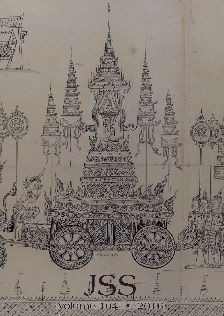The Lahu-speaking Peoples of the Yunnan-Indochina Borderlands: A Threefold Religious Heritage and its Consequent Syncretisms
Main Article Content
Abstract
Over the centuries many Tibeto-Burman speaking Lahu highland communities have been influenced by, and sometimes been incorporated into, a way of life pervaded by Buddhist ideas and practices—of both Theravāda and Mahāyāna traditions. But those who, to varying degrees, have accepted aspects of Buddhism, seldom, if ever, have entirely abandoned their ancestral ‘animo-theism’. Since the late 19th century and continuing to the present day, Christianity—first in its Protestant, and subsequently Roman Catholic, manifestation—has impacted greatly on many Lahu communities, the consequence of active proselytization, initially in Northern Thailand but subsequently in Burma, China and Laos. Christianity has been less tolerant of syncretism than has Buddhism; nonetheless, many beliefs rooted in their ancestral animism survive in Lahu Christian communities. This paper discusses the principal characteristics of Lahu animo-theism as the bedrock of Lahu ethnic religion, explores the history of the associations various Lahu-speaking communities have had with varieties of Buddhism and Christianity and, finally, highlights those areas of their religious culture that demonstrate the extent to which they have succeeded in syncretizing old and new ideas concerning the realm of the extra-mundane.


